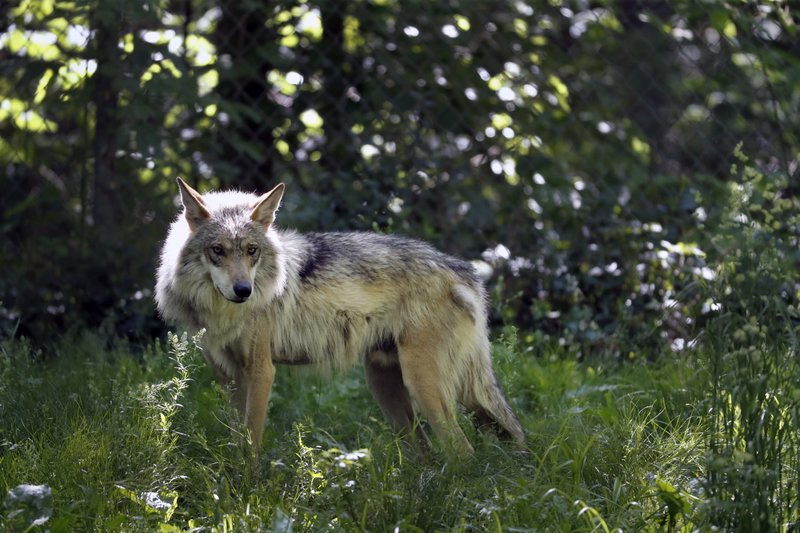National
EPA rejects ban on poisonous cyanide bombs against cattle predators

WASHINGTON (AP) — Trappers can keep using sodium cyanide bombs to kill coyotes and other livestock predators, the Trump administration said Thursday, rejecting calls for a ban despite repeated instances of the devices also poisoning other wildlife, pets and people.
The Environmental Protection Agency’s interim decision newly restricts use of the so-called M-44s within 600 feet of a home and 300 feet of a public road or path. Users also would have to post two warning signs within 15 feet of the poison bombs.
The agency’s assistant administrator, Alexandra Dunn, said in a statement that the EPA had worked with the Agriculture Department “to ensure there are safe and effective tools for farmers and ranchers to protect livestock.”
The Center for Biological Diversity and other conservation advocacy groups had sought a ban on the devices, which typically are covered with smelly bait, and are designed to eject deadly sodium cyanide when an animal stops to inspect and gnaw on them.
In 2017, one of the devices injured a 14-year-old Idaho boy walking near his home and killed his pet Labrador.
Collette Adkins, carnivore conservation director at the center, cited two earlier instances this century of the devices spraying sodium cyanide on people out hunting for rock specimens or walking their dogs.
Federal wildlife trappers and hunters reported killing 6,579 animals with the devices last year, including more than 200 other nontargeted animals, including bears.
“You’re out hiking with your dogs and your children, and you come across these, you have to be lucky enough to see one of these signs,” Adkins said. Any dog “that’s running around is going to get killed.”
Livestock raisers and agricultural groups opposed calls for a ban. In 2015, coyotes accounted for 17,000 deaths among the country’s 112 million cattle and calves, the Agriculture Department estimated.
The EPA allows trained use of the devices through the Agriculture Department’s wildlife-trapping program and state agencies in South Dakota, Montana, Texas, Wyoming and New Mexico.
